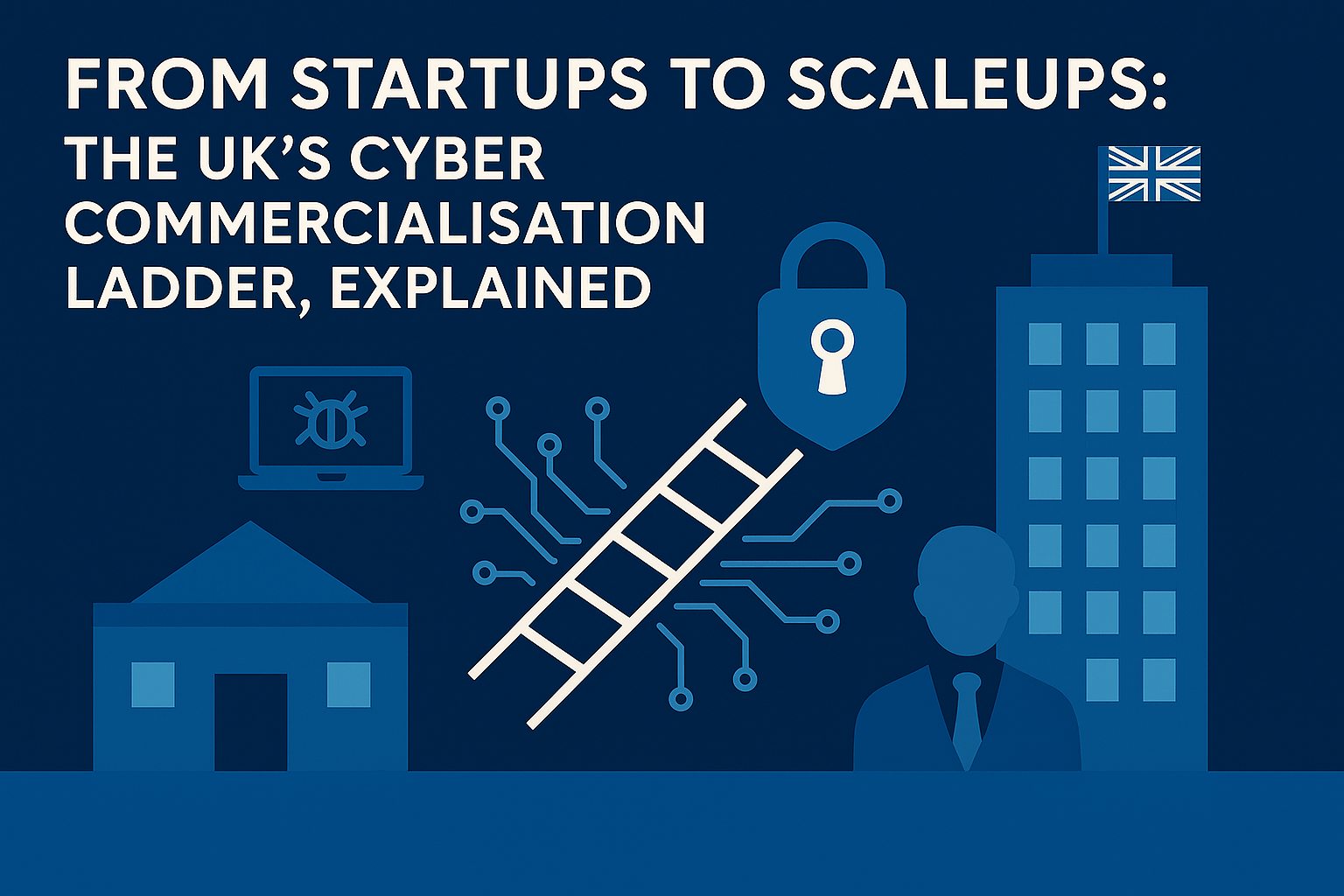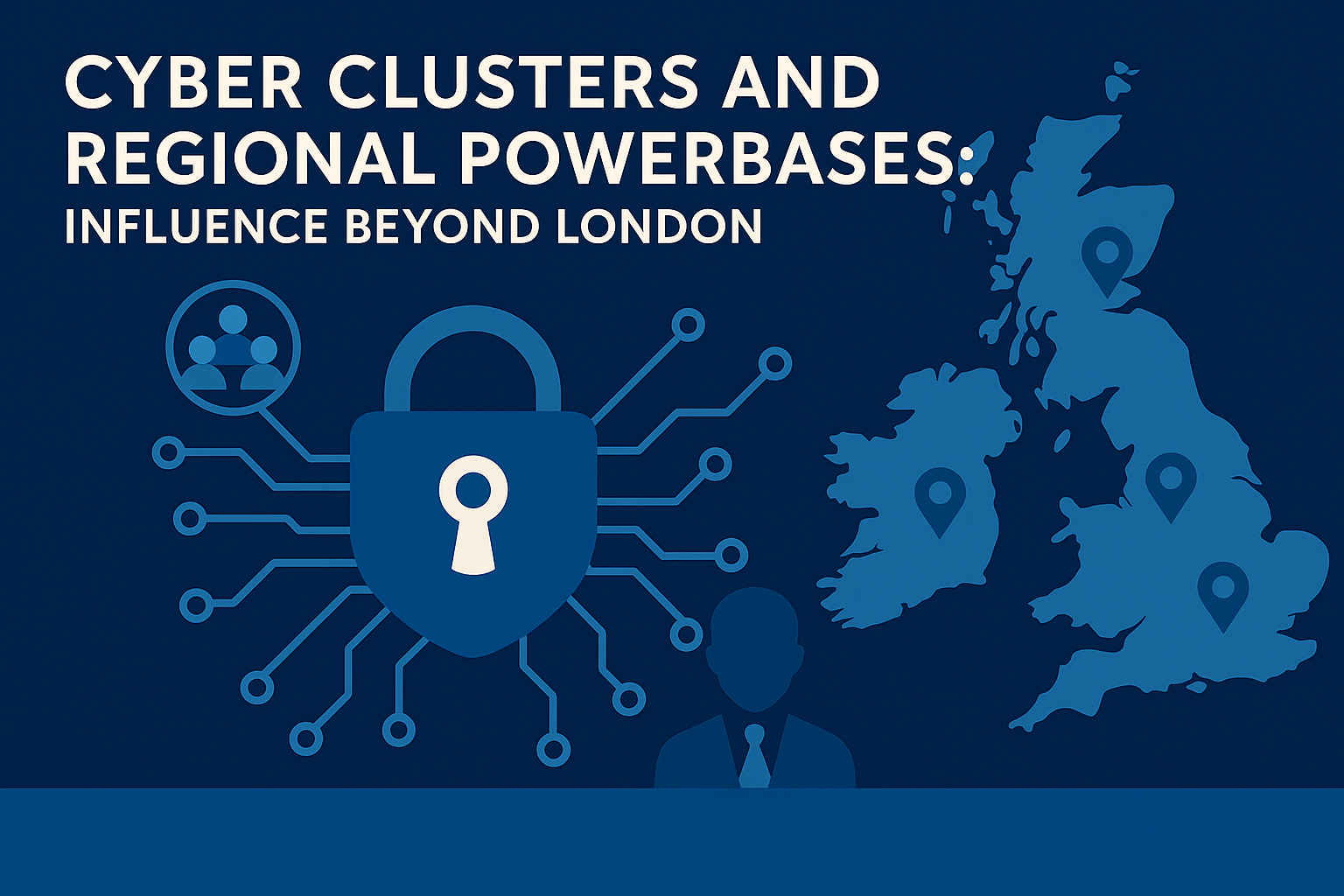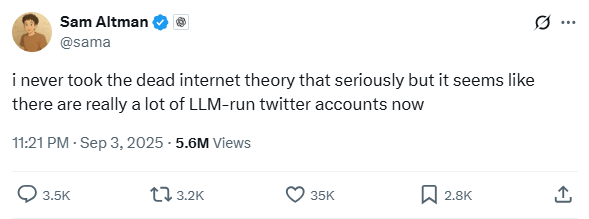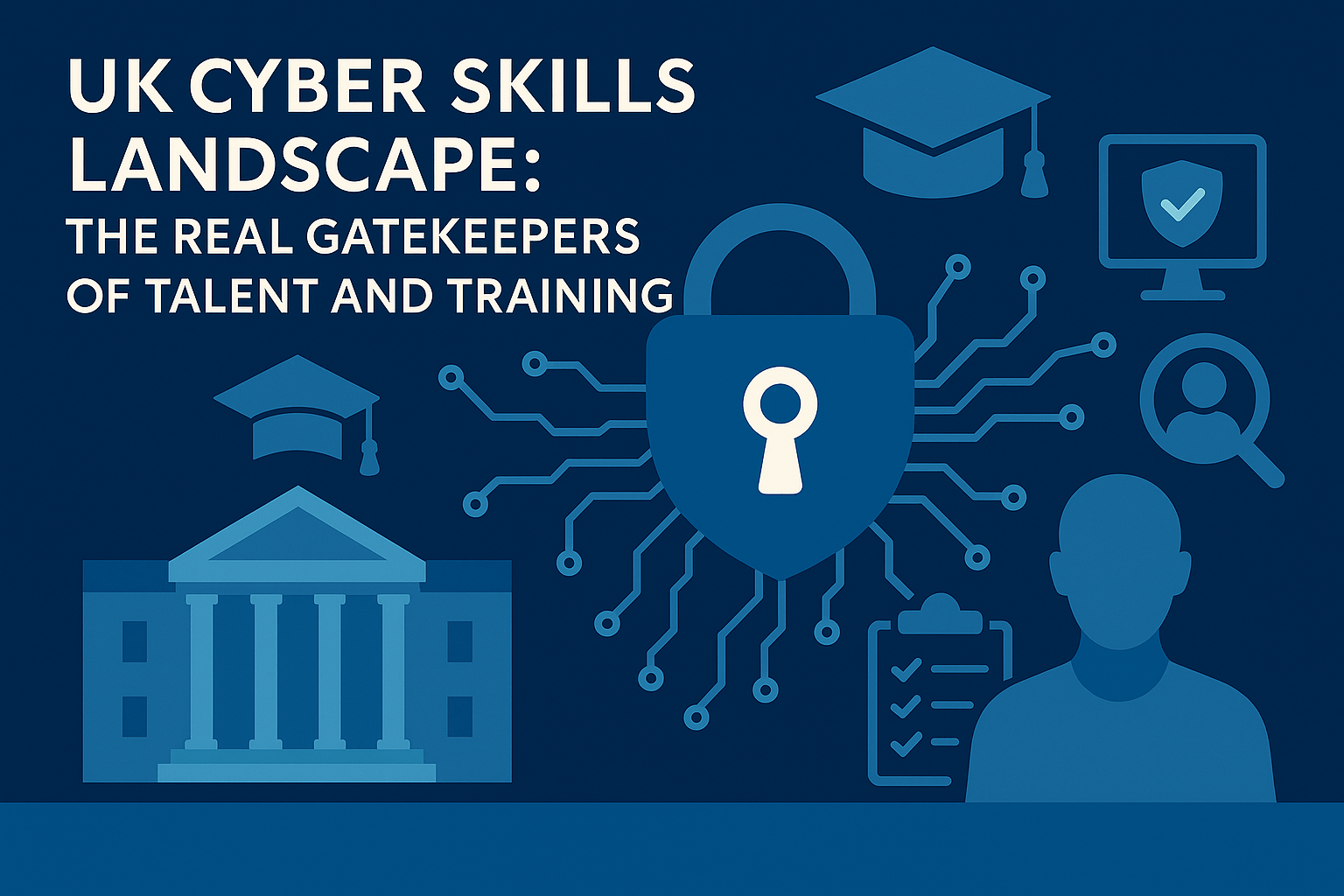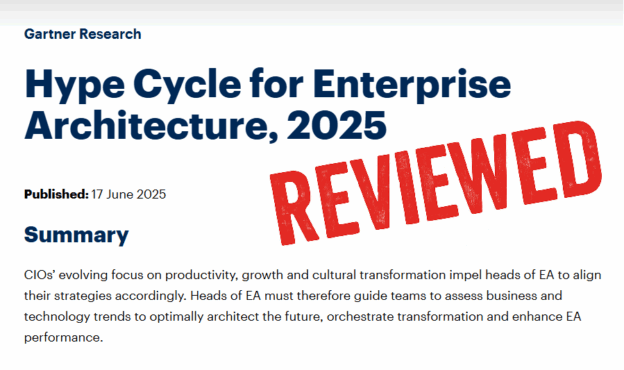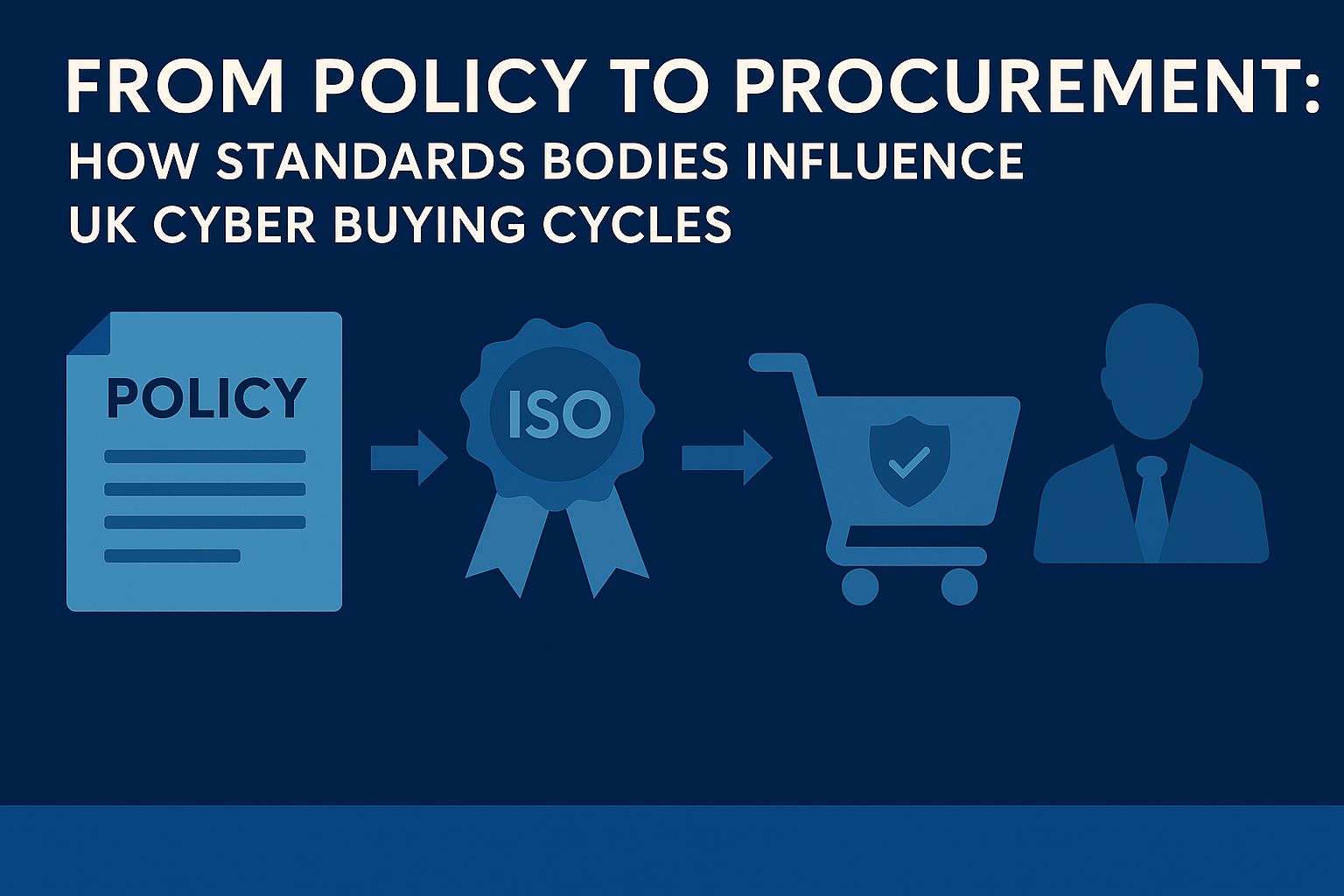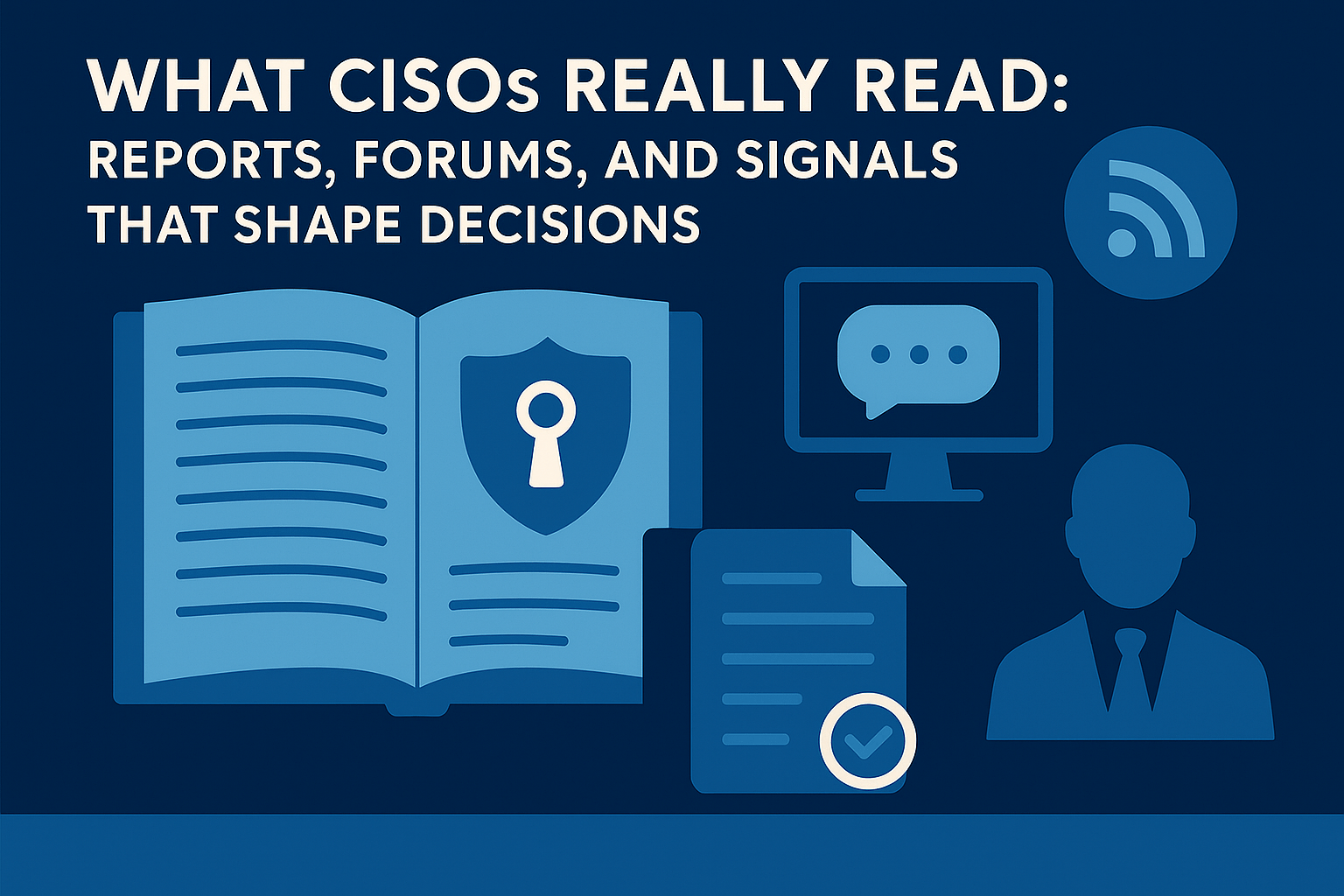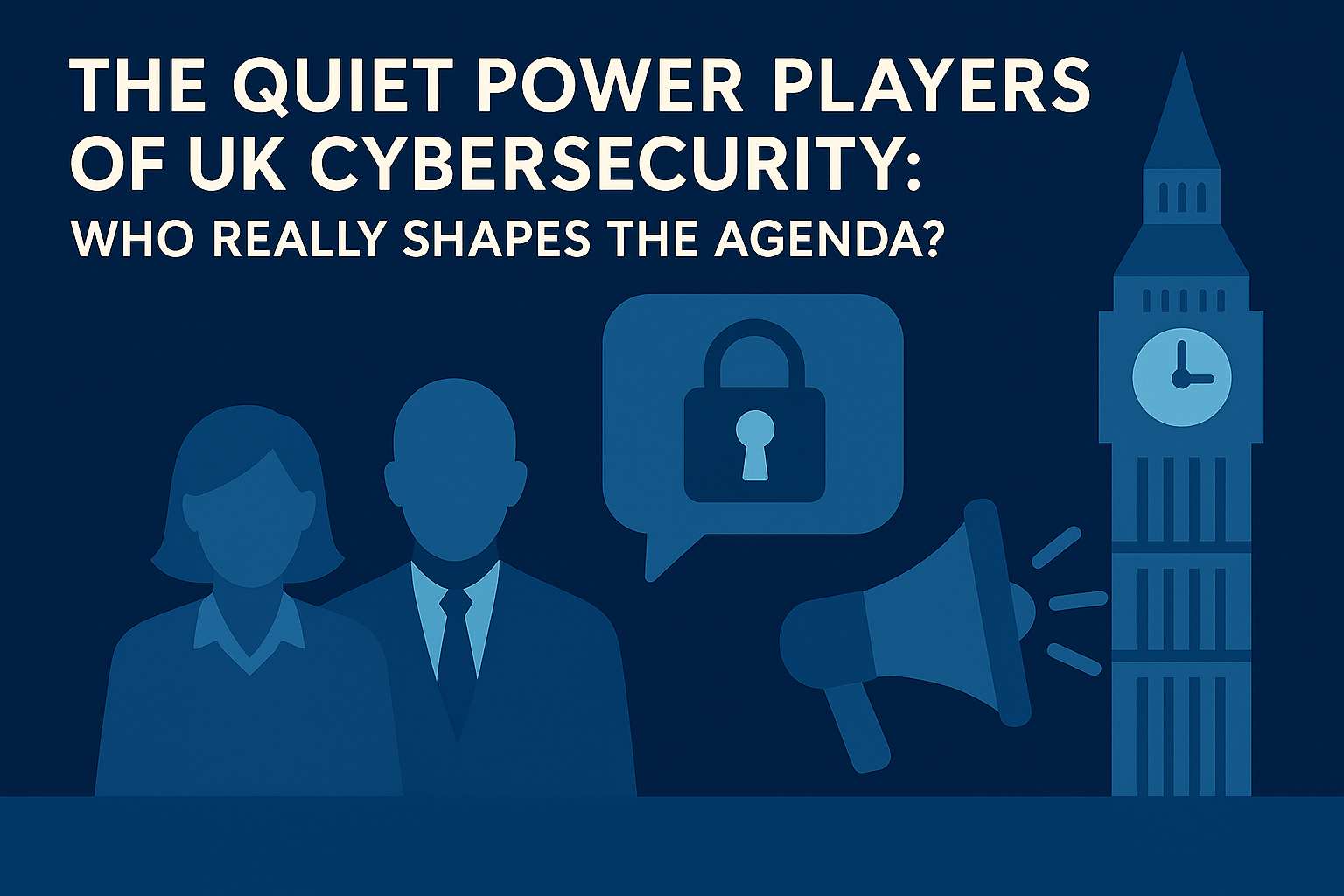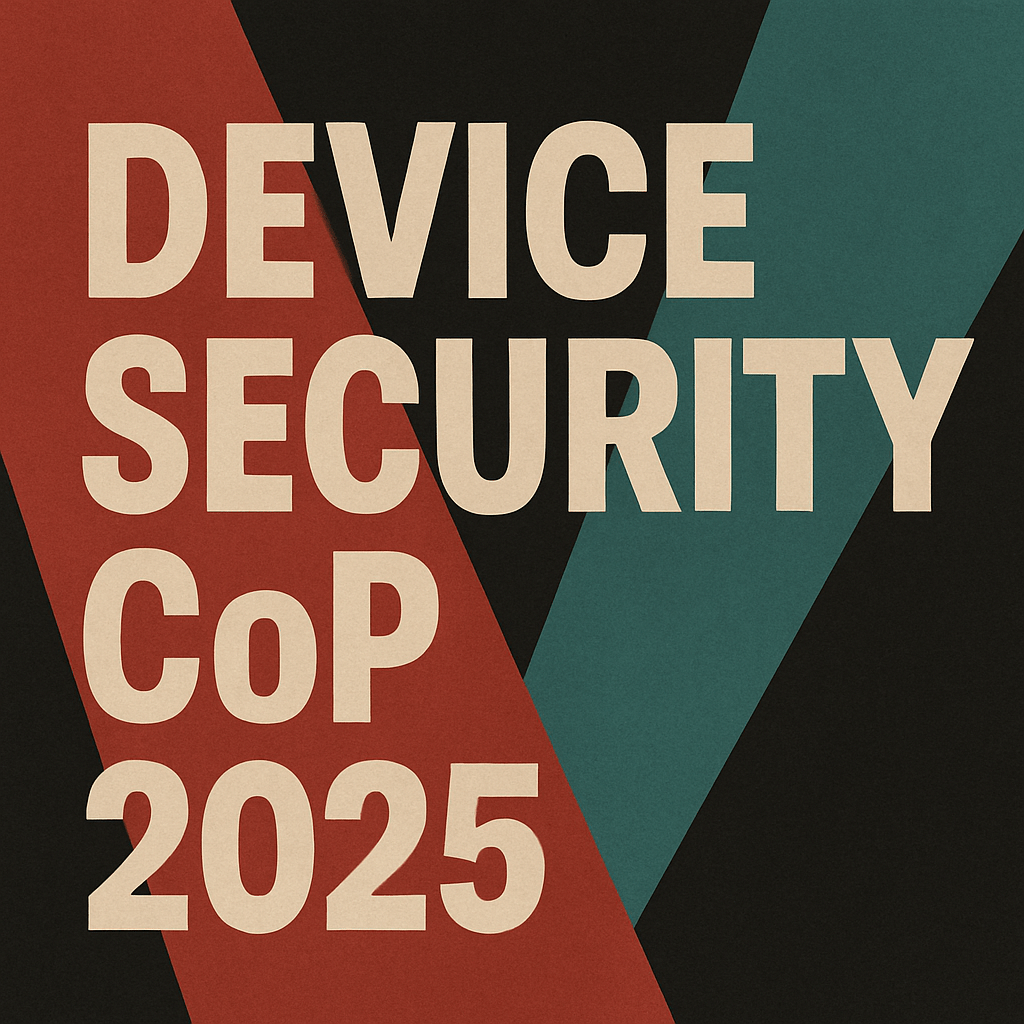This article, written in reaction to the DSIT Cyber Growth Action Plan 2025, reviews and critiques the government’s new approach. It recognises what the policy gets right — framing resilience as growth, creating safe havens, and calling for a one-team response — but also highlights what is missing: metrics, continuity, practitioner voice, and regional balance. Without these, the new policy risks becoming rhetoric rather than a platform for real progress. Unless the UK moves decisively from aspiration to delivery, the 2025 Cyber Growth Action Plan will join its predecessors as another missed opportunity.
Continue reading



